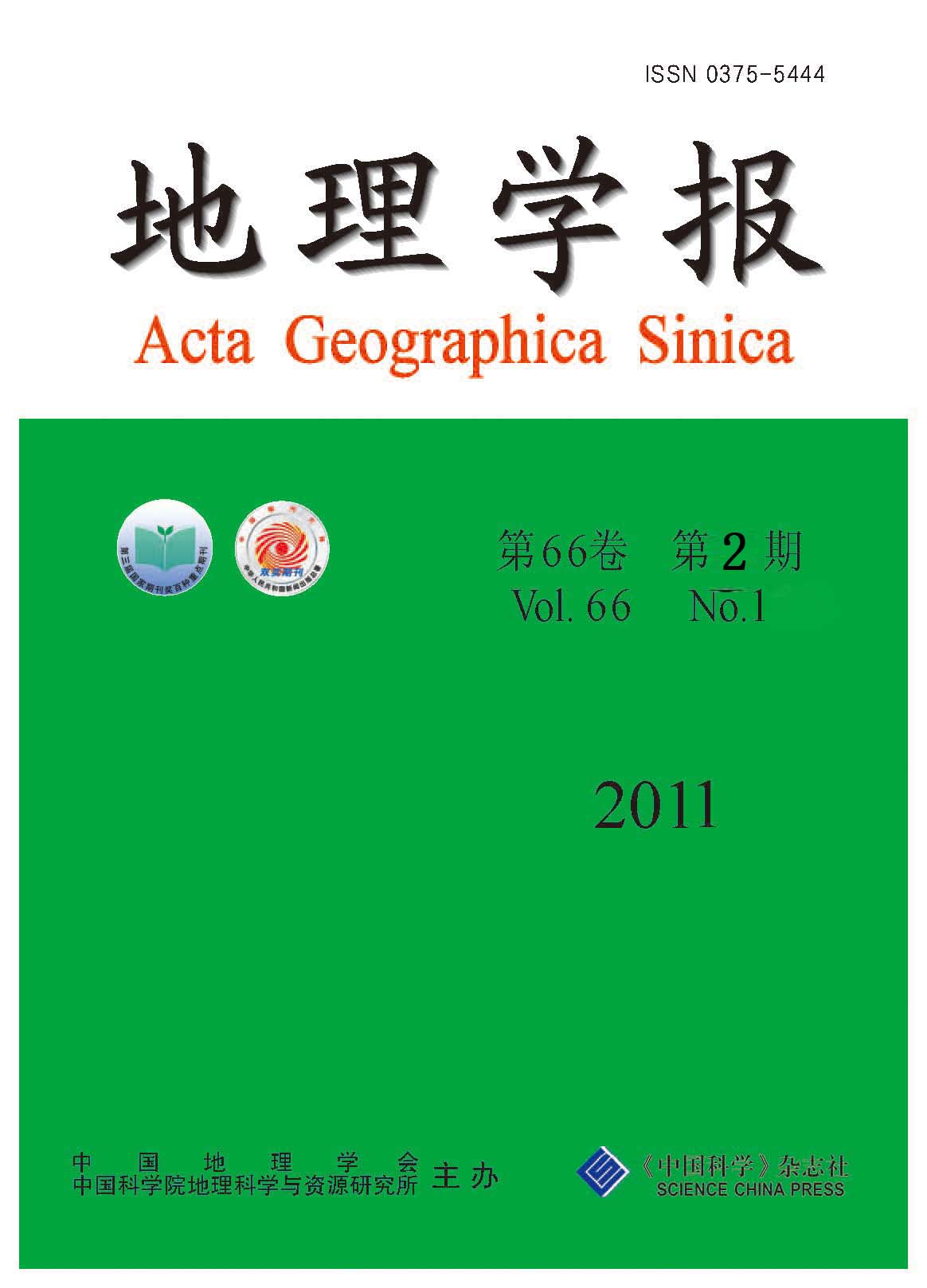WANG Maojun, YANG Xuechun
Based on input-output relationships, industrial sectors of the national economy construct an industrial network. The characteristics of the industrial network structure reflect the evolution of industrial structure. Generally, research on industrial association mainly employs the method of input-output, constructs an index system to describe the overall industrial influence or uses principal component analysis and cluster analysis to categorize industrial clusters. These methods can not clearly describe the complex associative relationships among industries. With the introduction of the concept of complex network and research methods to geography, it is possible to conduct the quantitative analysis of the characteristics of industrial network structure. Based on the basic idea of complex network and by employing basic flow statement of input-output, this paper attempts to discuss quantitatively the structural features of industrial association network and to analyze different efficiencies of related industries in the network. The paper puts forward an effective association measuring method for undirected and unweighted industrial association. Based on effective association, the paper touches on the basic features of association network which has 67 manufacturing industries in Sichuan Province, such as small-world, free-scale and community structure, and identifies some important industries which play roles in hub efficiency, betweenness efficiency and information broker efficiency in this network. Four findings are obtained. Firstly, effective association network of manufacturing industries in Sichuan Province is a low density network of 246 effective association industry pairs. It has obvious features of free-scale, small-world and community structure. The network can be subdivided into six industrial communities. Secondly, manufacturing association network of Sichuan Province has six global hub industries, including electrical manufacturing, instrument manufacturing, textile and garment/shoes/hat manufacturing, coking industry, arts and crafts manufacturing and culture/office equipment manufacturing. The network has three global betweenness industries, including ceramic products manufacturing, sugar manufacturing and medical manufacturing. Thirdly, in each community, special chemical products manufacturing and glass and glassware manufacturing, steel wire products industry and automobile parts/ components manufacturing, coking industry, cultural commodities manufacturing, textile goods manufacturing and aquatic products processing industry play roles of both community hub and betweenness. Fourthly, communities are connected by five information broker industries, including ceramic products manufacturing, electrical manufacturing, instrument manufacturing, textile and garment/shoes/hat manufacturing and medical manufacturing.
